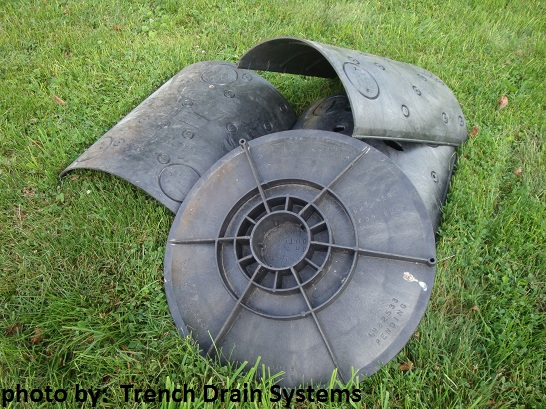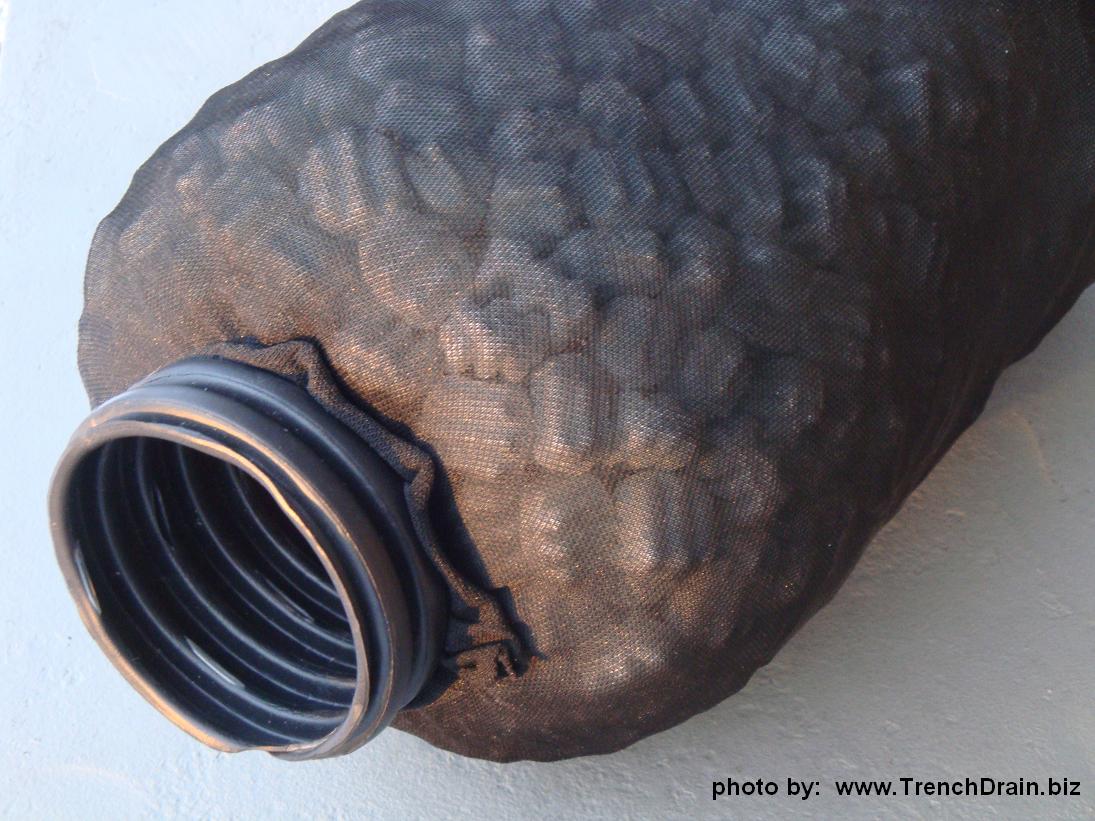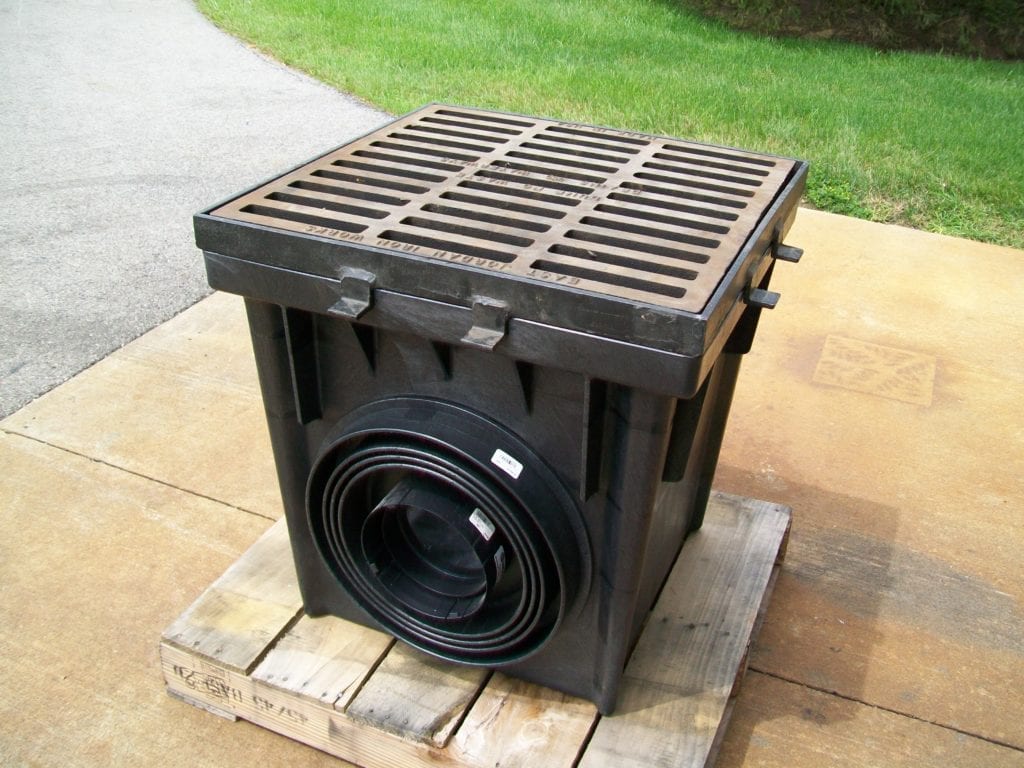Yard drainage comes to the front of every homeowner’s mind at least once. Maybe a new development upsets your neighborhood’s runoff balance. Perhaps an uphill neighbor’s new patio sends water sheeting through your backyard. Or, maybe the first rainstorm in a new home creates an unexpected pond.
Flooded yards can leave you feeling hopeless, but lawn drainage solutions are out there for you.
Catch Basins as Yard Drains
Catch basins are a good runoff solution in regions with non-porous dirt because they are designed to trap sediment and redirect the contained water offsite. Some basins have cut outs, called weep holes, in the basin floor to let water back into the ground, but they work best when rerouting water.
Outlet strategies:
- Connect the basin to smooth-walled or corrugated pipe
- Connect the basin to French drains
- Cut out weep holes in the basin floor
You can choose a catch basin based on how much water comes through your lawn. Smaller water flows can use a 6” Spee-D Basin or a 9” x 9” square basin, but for bigger problems you’ll need a bigger solution. Catch basins can come up to 24” wide.
Catch basins are usually thought of as “point drains,” meaning they work best when installed in low points. But if you have multiple low points in your yard, you can still use catch basins and connect them with piping (or French drains) so that your lawn continues to drain properly.
Catch basins are the most decorative option you have for lawn drainage. Regardless of size, catch basin grates come in different colors, materials and styles. Decorative grating, whether plastic or cast iron, is a popular choice for homeowners installing catch basins in their yards.
Dry Wells as Yard Runoff Control

Dry wells, like NDS’s Flo-Well, have inlet grates and connections for outlet pipes like catch basins, but they have one major difference. Dry wells are designed to let captured water percolate back into the soil in its own time.
Outlet strategies:
- Smooth-walled pipe
- French drains
- Weep holes
Excess water that can’t leach into soaked soil can be directed offsite using pipes or French drains. These systems can be used in porous and non-porous soils, but they are easier in areas with loose, absorbent soil.
The standard inlet grate for a dry well is 4” diameter, but you can choose bigger grates for faster lawn drainage. Each drum can capture up to 48 gallons, but you can stack or connect dry wells to handle more lawn runoff.
French Drains as Lawn Drains

French drains – perforated pipes surrounded by gravel or Styrofoam and a filter fabric – can drain yard runoff on their own or in combination with catch basins and dry wells. They work better in areas with porous earth that can absorb water.
When battling large volumes of runoff through your lawn, using French drains alongside catch basins or dry wells will help you catch – and control – more water.
On their own, French drains naturally suck up lawn runoff and carry it toward an outlet, which either runs to an open end or to a pop-up emitter.
Outlet strategies:
- To daylight (open-ended)
- To a pop-up emitter
Catch basins, dry wells and French drains can all outlet to daylight or to pop-up emitters. A pop-up emitter is a closed cap that only “pops open” to release captured water when pressure within the pipe is sufficient. During dry weather a pop-up emitter stays closed and lies flush with the ground.
Whether you want your lawn runoff to drain offsite or you want to hold it onsite until the skies clear, there is a solution for you.


